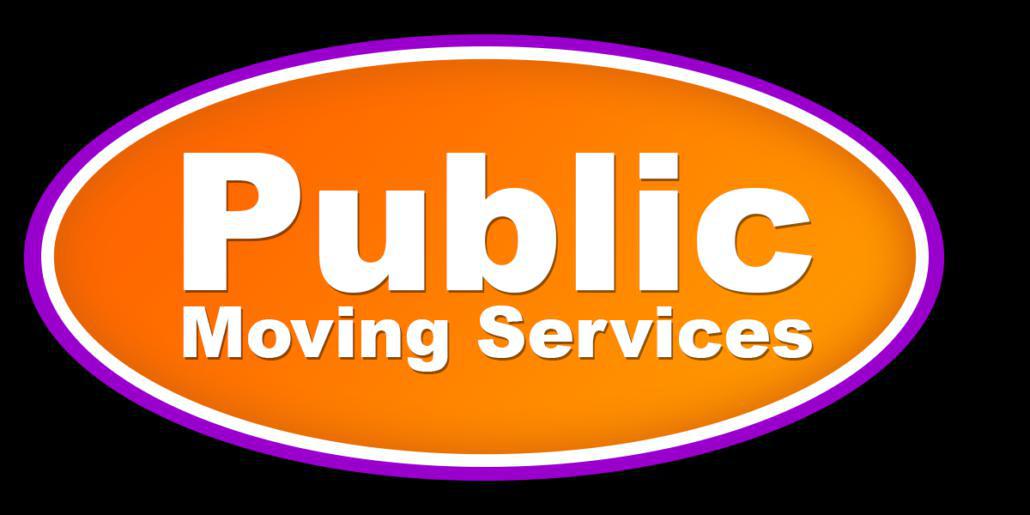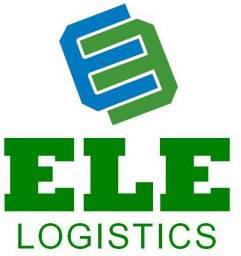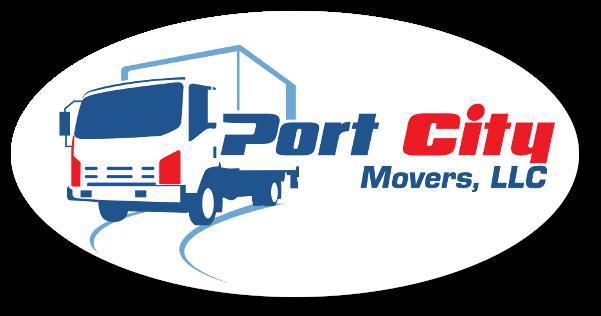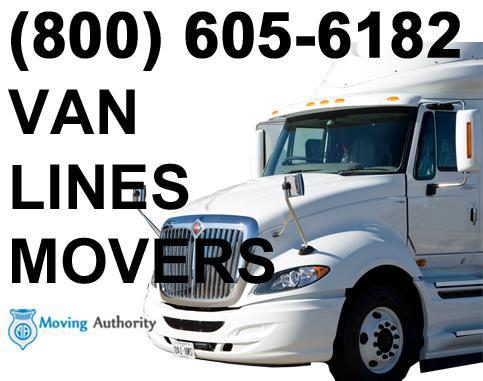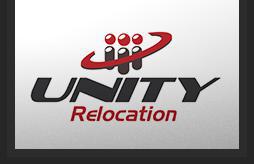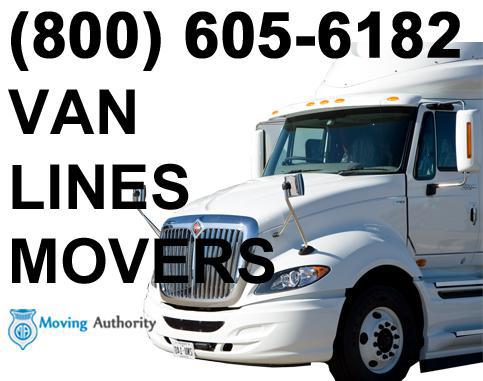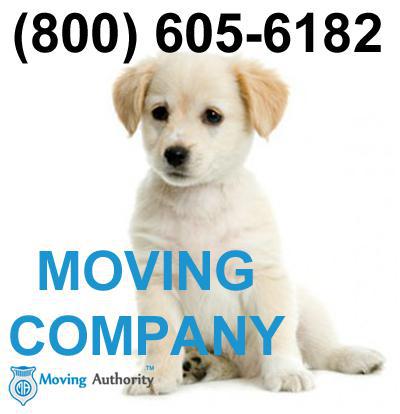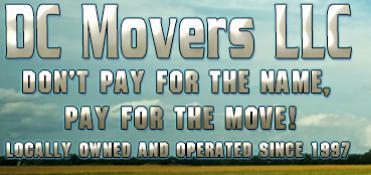North Carolina Movers Top Rated
(888) 787-7813437 Movers in North Carolina
Page 1/30
Find Top-Rated Moving Companies In North Carolina
Here at Moving Authority, we make it easy to find a
Local movers and self-service movers are often overlooked. Instead, many consumers hire North Carolina long distance movers. If you want the best car transport in North Carolina or to move your furniture, it pays to consider every option. Get free moving estimates from every American moving company on your list. Also, read state Carolina moving company reviews. When you're ready to get a moving cost estimate, let Moving Authority help you out.
3 Types of Storage Options, Unpacked
- Storage warehouses. These facilities are generally large buildings owned by a moving company. They are outfitted with a temperature control and an alarm system. This ensures multiple layers of protection.
- Pod storage. Moving companies deliver these “pods” to customers at home. These a large, portable storage containers which stay with the customer until the pod is full. The customer has two options at this point. The first is to keep the pod at home or to have it picked up again by the moving company, and taken to a pod storage facility.
- Moving with Storage. Sometimes, people downsize when they move and need a place to stow their extra stuff. If you’re moving to a smaller place and need help with both the
move itself and the storage, don’t stress. This is a common type of transition and your NC movers are well equipped to handle these two jobs at once.
THE ESSENTIALS OF COMMERCIAL MOVING: 4 Things You Need To Consider
- Inventory. This step is vital to not only knowing how large-scale your move is, but also keeping track of everything. Additionally, it helps your moving company draft up a plan for the duration of the move, and how many movers to send. And, of course, it helps you follow a timeline for your own peace of mind.
- Fragile items. No one wants broken stuff, so if you’re packing by yourself, treat your breakables with care. If you are having your movers pack and wrap for you, be sure to brief them on what items need extra care.
- Insurance. Reputable moving companies in North Carolina will offer an insurance on their services. Even though no movers in NC plan to mishandle a customer’s items, accidents do happen. Moving companies want to be prepared. When you select a moving company, ask about their insurance and how to make a claim, should the need arise.
- Downtime. Work with your movers to calculate exactly how long the move will take. This way, you can understand how long you will need to close your doors. Movers are
businesspeople too. They understand that the longer a move takes, the less time you can make money. Your movers NC will be more than happy to cut their downtime to make sure that you’re not missing out on profits.
Why You Should Hire Pro Movers, ACCORDING TO Science
- Movers understand the ins and outs of relocation. They do this stuff
all day , every day, and with each new job on the books, they are refining their skills. - The relocation industry is no place for mediocrity. In this business, only the best make the cut with moving companies North Carolina.
- As much as we all wish they didn't, accidents happen from time to time. All your items are insured against mishaps when you choose to do business with movers.
- When you're coming from a new place, it's instrumental to have someone on your team who knows the area. Local moving companies in NC is the key to having an efficient move to a place that's unfamiliar to you.
4 Factors of a Rental Truck Price You Can’t Afford to Know
- The date required. The first rule of thumb when renting a truck is to know the timeframe for the rental. This is the first step in understanding how much you will be looking at paying for the truck.
- The truck size. Most moving companies NC offer a wide range of sizes for their moving trucks and trailers. This is information you’ll need to supply when you begin to gather quotes. The best way to prepare to answer this question is to gain an idea of how much stuff you’ll be moving. Then, figure out how much space that will take up in a moving truck.
- The location of pick-up and drop-off. Many moves will stay local, so these locations will be the same. But, for long-distance moves, it's a different situation. Customers will pick up their moving truck rental in one city and drop it off in another. This situation causes many people to seek out big-box moving chains. Dropping off in another location seems impossible with a small moving company. You’d be surprised that this isn’t always the case!
- The distance you’re traveling. This makes a huge difference in the price of the rental. Local moves cost less as far as mileage. The bulk of the cost of long-distance moves comes from the mileage charges.
North Carolina Movers
People who are moving in and out of the state are lucky to have the North Carolina Movers Association at their disposal. This group regulates the moving industry within the state, as well as ensures that customers of North Carolina moving companies are getting quality service. Similar to Moving Authority, the moving association focuses on the customer before anything else. A great sense of relief comes into our minds in knowing that our North Carolina movers are being taken care of.
Movers By City in North Carolina
Do you know?

- A moving company, removalist, or van line are all companies that help people as well as other businesses to move their goods from one place to another. With many inclusive services for relocation like packing, loading, moving, unloading, unpacking and arranging of items can all be taken care of for you. Some services may include cleaning the place and have warehousing facilities.
- According to the U.S. Census Bureau, 40 million United States citizens have moved annually over the last decade. Of those people who have moved in the United States, 84.5% of them have moved within their own state, 12.5% have moved to another state, and 2.3% have moved to another country.
- In the United States and Canada, the cost for long-distance moves is generally determined by a few factors. The first is the weight of the items to be moved and the distance it will go. Cost is also based on how quickly the items are to be moved, as well as the time of the year or month which the move occurs. In the United Kingdom and Australia, it's quite different. They base price on the volume of the items as opposed to their weight. Keep in mind some movers may offer flat rate pricing.
- Many people are familiar with this type of moving, using truck rental services, or borrowing similar hardware, is known as DIY moving. Whoever is renting a truck or trailer large enough to carry their household goods may obtain moving equipment if necessary. Equipment may be items such as dollies, furniture pads, and cargo belts to protect furniture and to ease the moving process.
- As most people have experienced, moving does involve having the appropriate materials. Some materials you might find at home or may be more resourceful to save money while others may choose to pay for everything. Either way materials such as boxes, paper, tape, and bubble wrap with which to pack box-able and/or protect fragile household goods. It is also used to consolidate the carrying and stacking on moving day. Self-service moving companies offer another viable option. It involves the person moving buying a space on one or more trailers or shipping containers. These containers are then professionally driven to the new location.
- There many reasons for moving, each one with a unique and specific reason as to why. Relocation services, employee relocation, or workforce mobility can create a range of processes. This process of transferring employees, their families, and/or entire departments of a business to a new location can be difficult. Like some types of employee benefits, these matters are dealt with by human resources specialists within a corporation.
